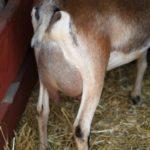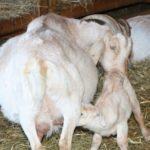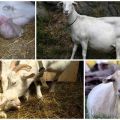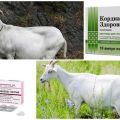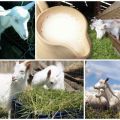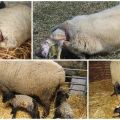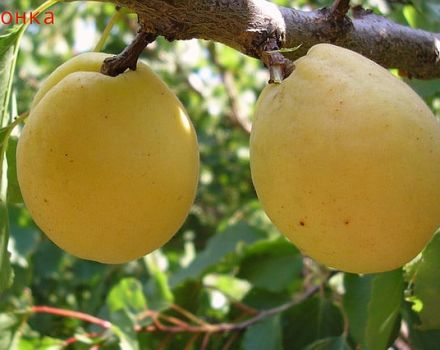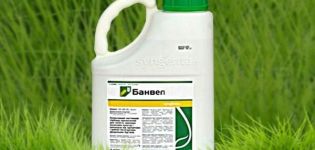What to do with a small amount of milk in a goat after lambing and how to increase
Small ruminants are mainly raised for meat and milk production. With the right approach, childbirth in goats usually goes without problems or complications. However, sometimes after lambing, negative consequences occur. If a goat has little milk after lambing, what should be done in such a situation? First of all, it is recommended to establish the causes of the problems.
Why does a goat have no milk after lambing?
The process of giving birth to offspring in goats is not always smooth. In some situations, the female even needs the help of a veterinarian. The cause of problems is usually a violation of the rules of prenatal care or diseases that were not detected in time. In such a situation, even if the goat gives birth, she will not be able to feed the cubs due to a lack of milk. Sometimes complications after lambing do not appear immediately, but after several months, when productivity is not restored.
At this point, the goat may develop pathologies. Another reason for the problems is the lack of full care for the female. After lambing, she needs special nutrition, milking and udder massage.
Mastitis
If the goat has no milk at all after giving birth, mastitis can be suspected. Most often, pathology begins to develop from a subclinical form. In this case, there are no pronounced symptoms. The onset of the disease can be detected by a decrease in milk yield, since destructive processes occur in the glands.
The main symptoms of the disease include the following signs:
- Reduced milk yield - often up to 25%.
- Change in milk consistency. Oil impurities may appear in it. With a cold mastitis, the density of milk decreases. It acquires a watery structure and is easily divided into fractions from water and fat.
- Purulent or bloody impurities in milk. Such symptoms accompany purulent mastitis.
- Change in nipples. Skin soreness is also observed. Often the canals are clogged with clots.
- Complete cessation of milk production. This happens after 2-4 days.
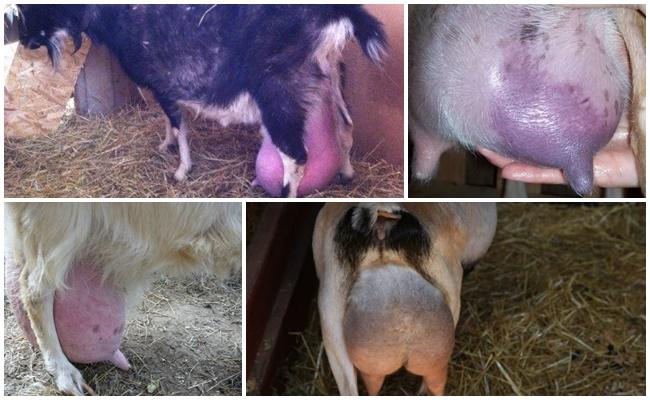
In animals, a depressed and painful state is often observed, the temperature rises. Purulent mastitis can transform into an abscess. The affected area increases in size and causes pain.The udder skin swells and turns red. Mastitis can be treated exclusively with antibacterial drugs.
Udder injury
Free-grazing goats can be severely injured, for example, catching on a twig. Sometimes fights occur between animals, which causes damage from horns, hooves or teeth. In such a situation, the goat does not give milk.
To avoid such problems, you need to isolate aggressive pets. The affected goat is recommended to calm down and examine the affected area. If there is no danger, rinse the wound with water, disinfect with peroxide and apply a bandage. In this case, it is worth using a wound-healing ointment. Streptocide is also suitable. If the goat is seriously injured, it is advisable to see a veterinarian and isolate the animal from the rest of the herd.
Poor feeding
Often, the problem of reducing the amount of milk appears with an irrational diet. Many farmers use the same product to feed until it runs out. This adversely affects appetite. As a result, the pet may refuse food or not completely eat its portion. In addition, with such a diet, there is a deficiency of useful elements.
Containment breach
If the female swears, but gives too little milk, a violation of the conditions of detention can be suspected. To avoid such problems, it is recommended to adhere to the rules of hygiene and competently care for the animal. The goat should be kept in a clean and dry environment. It is important to ensure that there are no drafts in it. A properly composed diet is also important.
What to do in such cases
So that the goat can feed the kids, right after lambing, it is necessary to properly milk the udder. It is important to milk the colostrum in the first hours after birth. Sometimes babies refuse breast milk because it tastes bitter. This is due to the female eating too many maple branches or wormwood.

To increase the amount of milk after childbirth, it is recommended to follow these rules:
- Provide the female with a warm drink. She can be given water with sugar. Herbal tea is also suitable.
- Feed your goat good quality hay. It is also recommended to use nutritious food.
- Monitor cleanliness and hygiene. It is important that the female does not come into contact with sick animals.
- Give the goat homeopathic veterinary medications. They help improve the quality of milk.
After lambing, be sure to give the goat plenty of water. It is important that it is slightly warm. If the female refuses to drink liquid, a little salt can be added to it. This will help increase your thirst. It is helpful to massage the goat before milking. Increased circulation helps stimulate lactation.
When is a reduction in milk yield considered normal?
After lambing, the amount of milk increases gradually, depending on the needs of the young. The maximum milk yield is reached 4-5 months after giving birth. Then the amount of milk gradually decreases, and this is considered normal.
By 5 months, the kid can completely do without milk. As a result, defense mechanisms develop in the body. They are aimed at accumulating strength for the next pregnancy and feeding new cubs.
A drop in milk supply after lambing may be normal or indicate serious problems. To restore lactation, it is worth establishing the reasons for its deterioration. If in doubt, it is advisable to consult a veterinarian.

